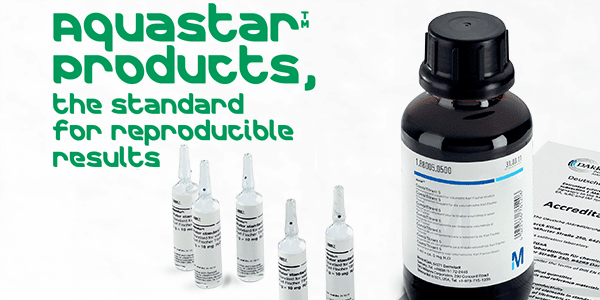Tomáš Vaisar,1* Andrew J. Percy,2* Krista Backiel,2 Michael N. Oda3
- Diabetes Institute, Department of Medicine, University of Washington, Seattle, WA, USA
- Department of Applications Development, Cambridge Isotope Laboratories, Inc.,
Tewksbury, MA, USA - UCSF Benioff Children’s Hospital Oakland, Children’s Hospital
Oakland Research Institute, Oakland, CA, USA
* These authors contributed equally to this application note.
Cardiovascular disease (CVD) is the number one cause of morbidity and mortality worldwide.1 However, reliable diagnostic tests of CVD risk are lacking, and in nearly 1/3 of patients the first indication of CVD is an acute, often fatal, cardiovascular event (i.e., myocardial infarction). Epidemiological studies have demonstrated an inverse association of CVD risk with plasma concentration of high-density lipoprotein (HDL), a complex comprising protein and lipids.2 HDL is thought to mitigate atherosclerosis through a number of mechanisms (e.g., cholesterol efflux, anti-thrombosis, and antiinflammation). 3,4 However, whether HDL proteins (>80 identified)4,6 are associated with the cardiovascular protection remains unknown. Because HDL is in the causal pathway of atherosclerosis and CVD, and is a less complex mixture than plasma to analyze (e.g., ca. 100 vs. thousands of proteins and 4 vs. >10 order of magnitude concentration range),7,8 HDL is an attractive target for quantifying the potentially cardioprotective proteins. The major analytical challenge stems from the phospholipids present in HDL (phospholipids represent about 30% of HDL by weight and are present at ca. 100× molar excess over an average protein),7 which are recognized electrospray ionization (ESI) suppressants. If the HDL proteins can be quantified in a precise and accurate manner, they can potentially serve as a diagnostic tool of CVD and be used to help address the deficiencies of current clinical practices.


Protein quantification by targeted MS techniques, such as selected (or multiple) reaction monitoring (SRM or MRM) and parallel reaction monitoring (PRM), has become an indispensable approach in biological research and in clinical translational studies.9,10 The selectivity, specificity, and multiplexing capability of these MS technologies are critical merits for protein biomarker analysis. Experimentally, quantification is based on a well-established methodology that has been used for decades in the quantification of small molecules (e.g., drugs, metabolites, and hormones).11 The peptides produced by a proteolytic digest (typically with trypsin) are fragmented and specific fragments are monitored by MS (e.g., in triple quadrupole or hybrid quadrupole/Orbitrap instruments), with their responses serving as a surrogate quantitative measure of the intact protein concentration. To help correct for matrix and suppression effects,9 stable isotope-labeled standard (SIS) have been employed. Although SIS peptides (also referred to as AQUA peptides)12 have primarily been used, this type of internal standard does not account for the analytical variability associated with proteolysis. To accurately and precisely quantify proteins, as required in a clinical setting, the variability of all steps of the analytical process must be controlled. Inserting an isotopically labeled protein(s) at the beginning of an analytical workflow provides such control. Moreover, absolute quantification of the target protein can then be achieved. Here we demonstrate the utility of quantifying proteins in HDL and plasma samples using a SRM-based approach with 15N-labeled human ApoA-1 serving as the internal protein standard. This standard is used to quantify not only endogenous ApoA-1, but also other target proteins in the analyzed matrices.





